Nice idea! A large portion of the heat is dissipated by the heatpipe on the backside anyway.
SammysHP
You can get the FC11 (clone) for about $10 (about 10€) with a battery
The FC11 is not a clone, it is the predecessor of the FC11C with a less efficient driver. The FC11C is worth the upgrade, if you want longer and better regulated runtime.
I have the standard black one for over 2 years
That's the old FC11 with FET driver, not the new FC11C with higher efficiency buck driver, that was released in June.
It also works with AA, except that yours is broken. ;)
There's also the Emisar D3AA that works with AA.
One hour of runtime is more than enough for a single mode keychain light IMHO. Don't think skilhunt will expand in that direction.
I made my own very minimalistic one, but it works great for all kind of flashlights:
https://www.printables.com/model/307059-flashlight-bicycle-mount
Yes, the first version came with a single color and red was one of them. The second version has RGB aux, but can be configured to red, so you'll get the same result.
but they all flash the auxiliary after they turn off
That is called "post-off voltage display" and it can be turned off. Make sure to have Advanced UI active (10H). Enter batt-check mode (3C), enter the battery config menu via 7H and release the button after the second flash. Now you can click how many seconds post-off voltage should be shown or do nothing to disable it.
It's mentioned several times in the review that the battery is built-in. Not sure what you mean with "omitted from the review".
Basically there are two common charging systems:
-
Armytek like, where you have to loosen the tailcap to charge the battery. When tightened, the terminals are shorted, so it's absolutely safe. When loosened, they are in series with the battery, but the driver limits the current. So the current would be whatever the flashlight draws in regular use - while it's off just a few microamps.
-
Olight or Skilhunt like, where the charging terminals are separate from the normal circuit. It needs some kind of protection. Either a clever circuit using a FET, a diode or something like a polyfuse that disconnects the terminal if the current gets too high. These type is prone to leakage, for example 2mA for many Olight or much higher current for most Skilhunt. These methods are safe for short circuit situations (although a short pulse of current could cause sparks), but canddrain the battery if the terminals are bridged with some resistance. Depending on the water/mud properties it could pass some current, too little to trigger the protection, but enough to drain the batteries over a longer duration.
It's built-in. The back cover is secured with four screws, so I assume you could replace the battery once it's dead. But the seal didn't want to release the cover without force, so I stopped to not damage it prematurely.
With some imagination the lanyard could be seen as a ring.
On the other hand, I just tried to stab myself and it didn't hurt. Definitely no real kunai.



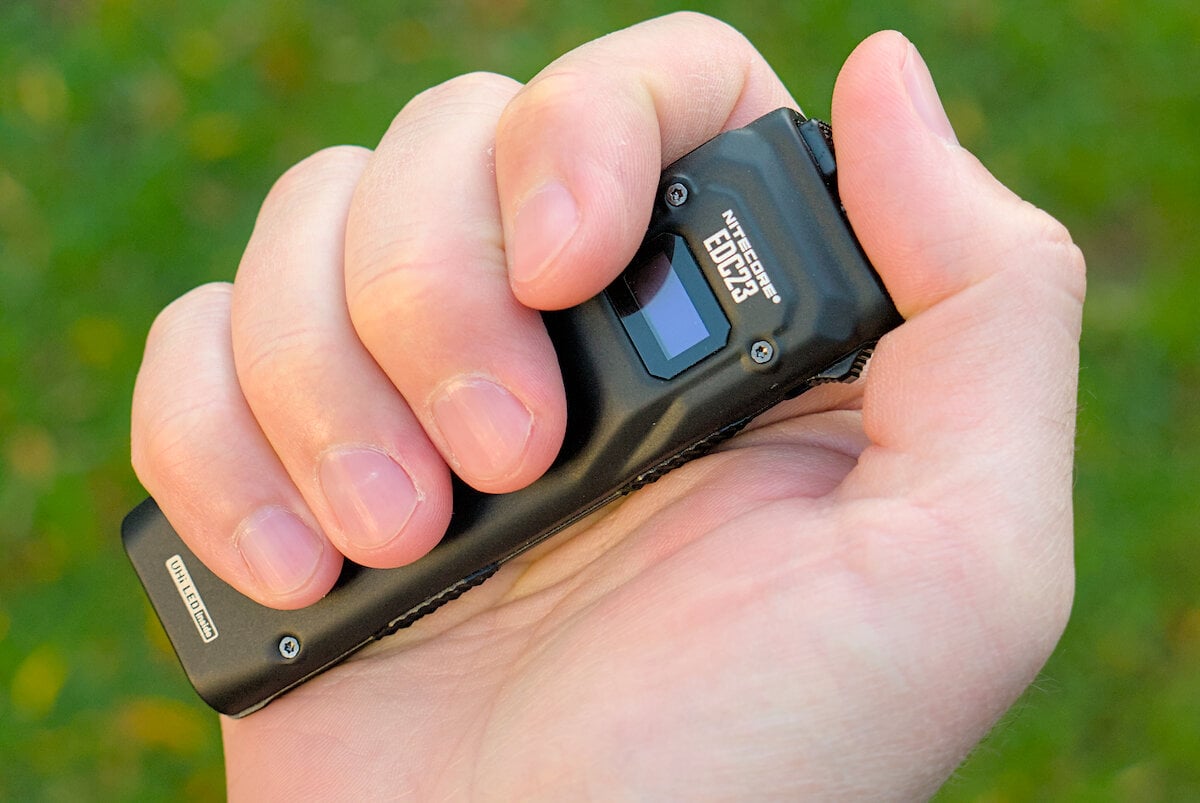


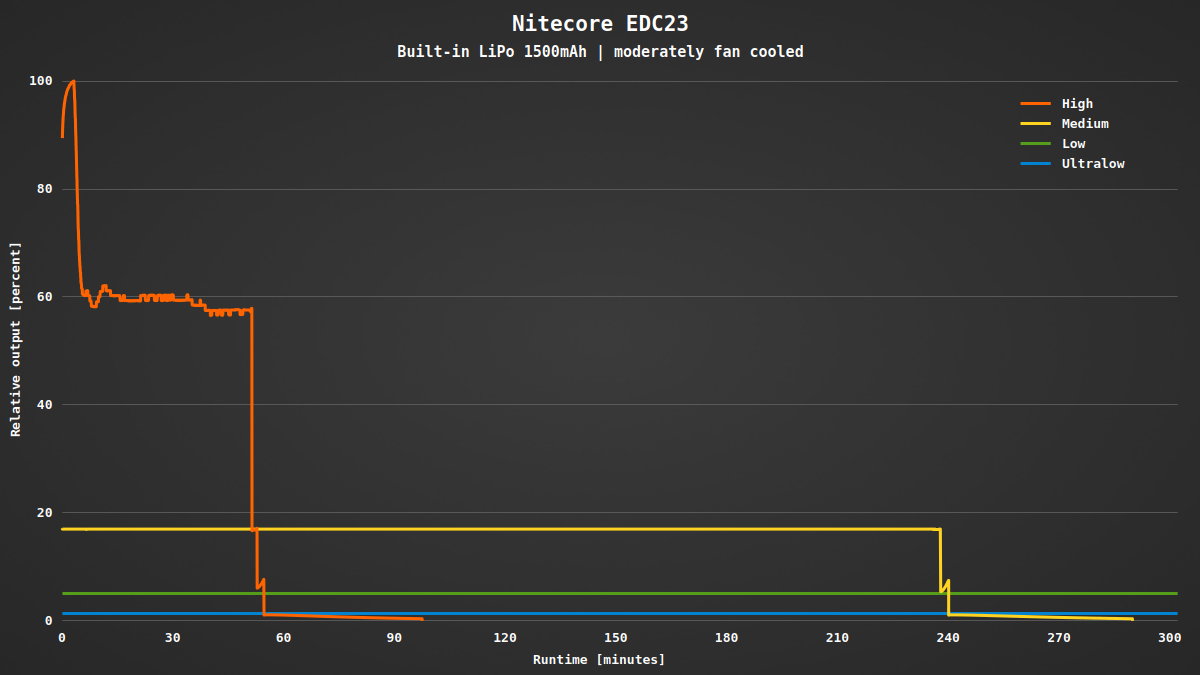
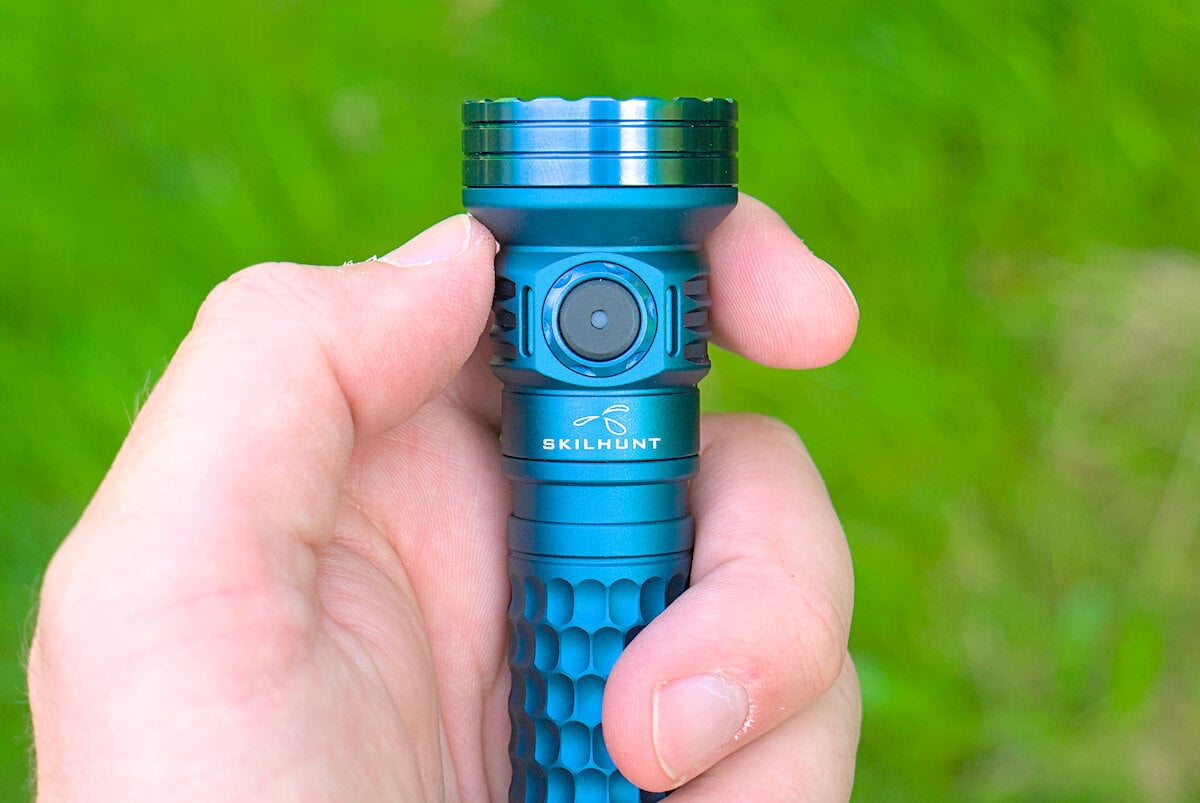
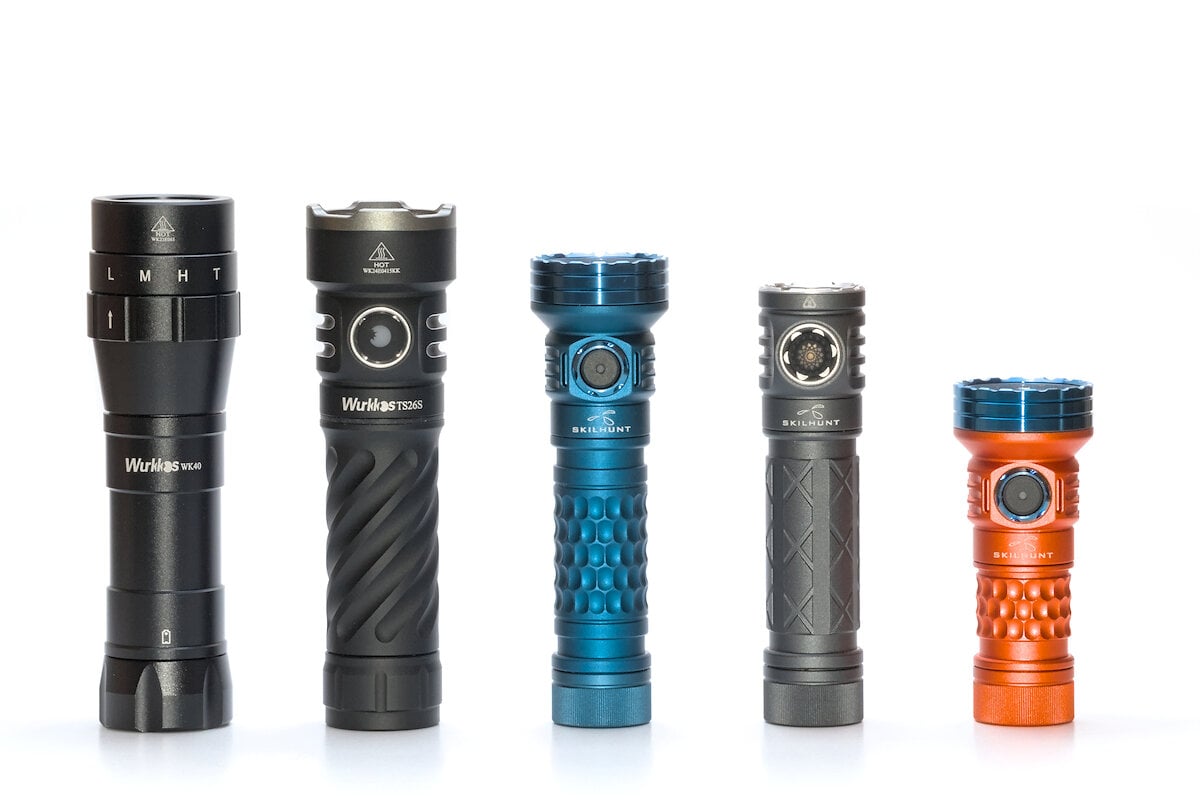


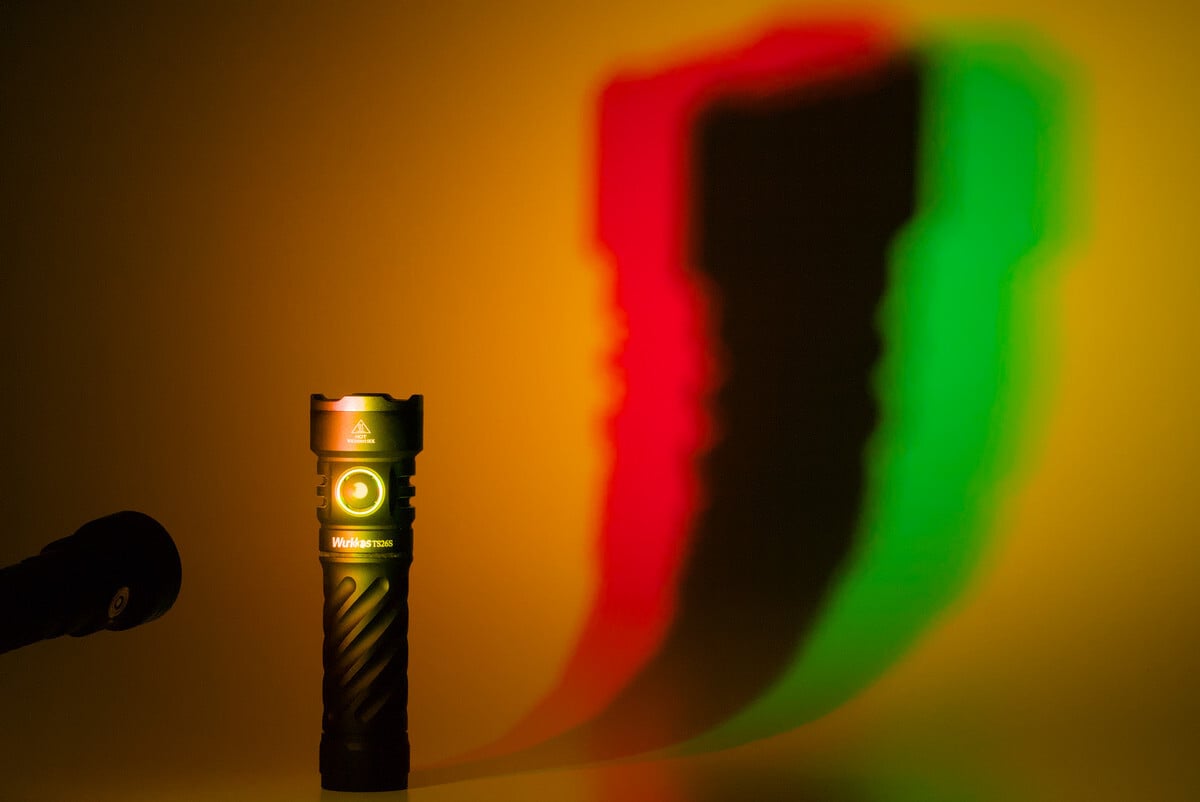
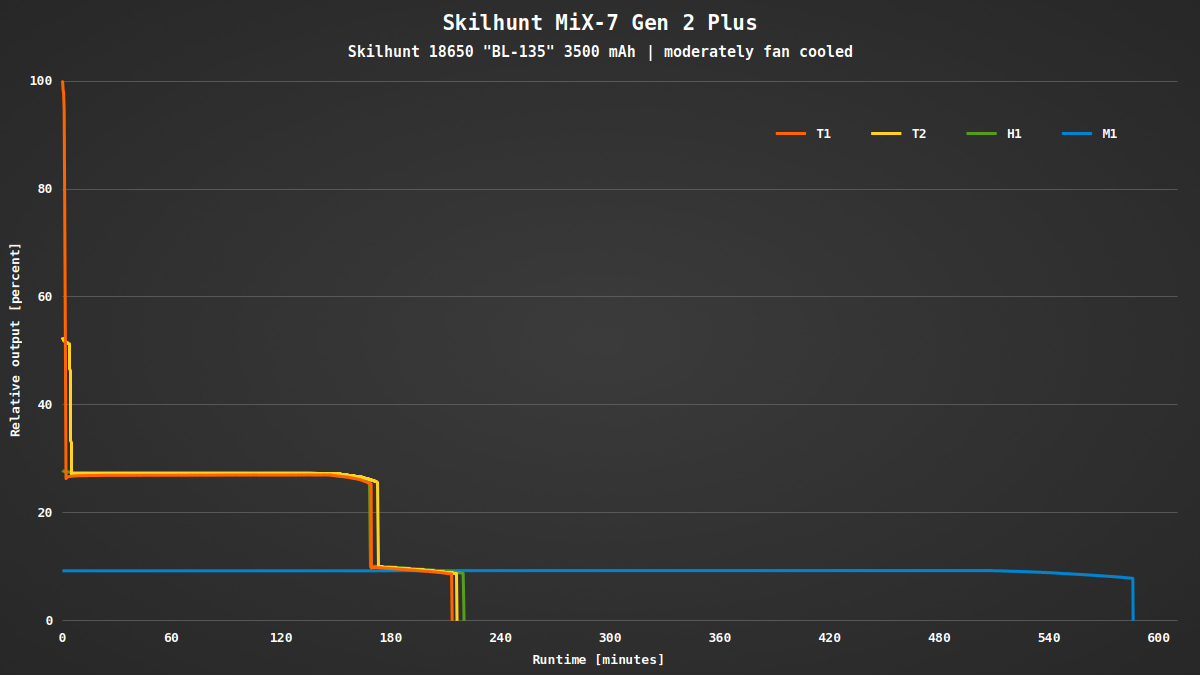
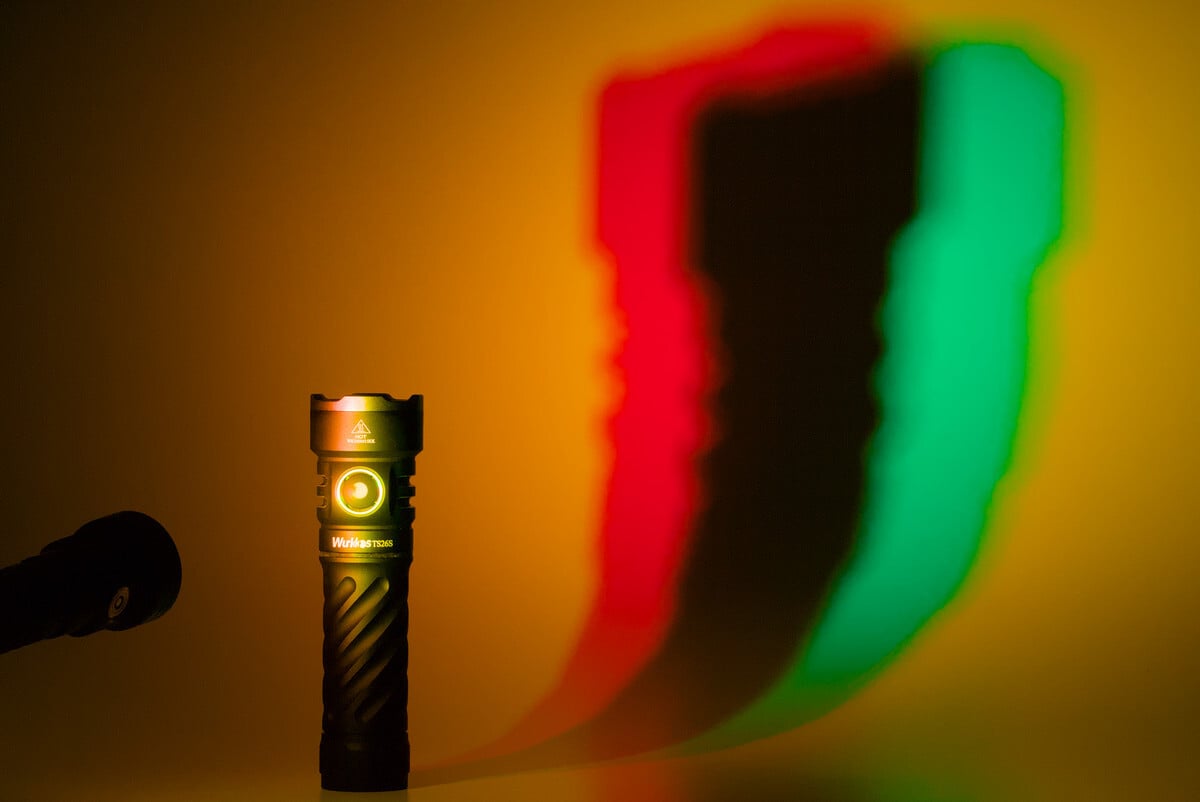

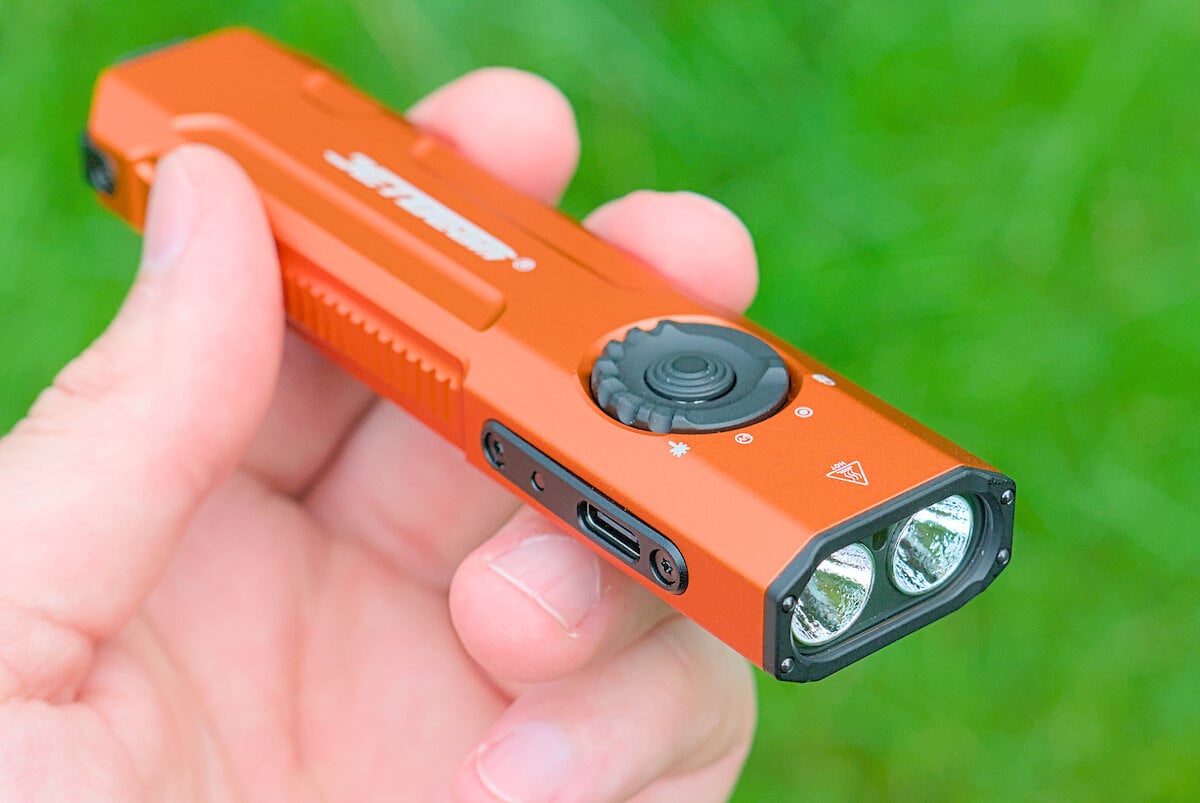

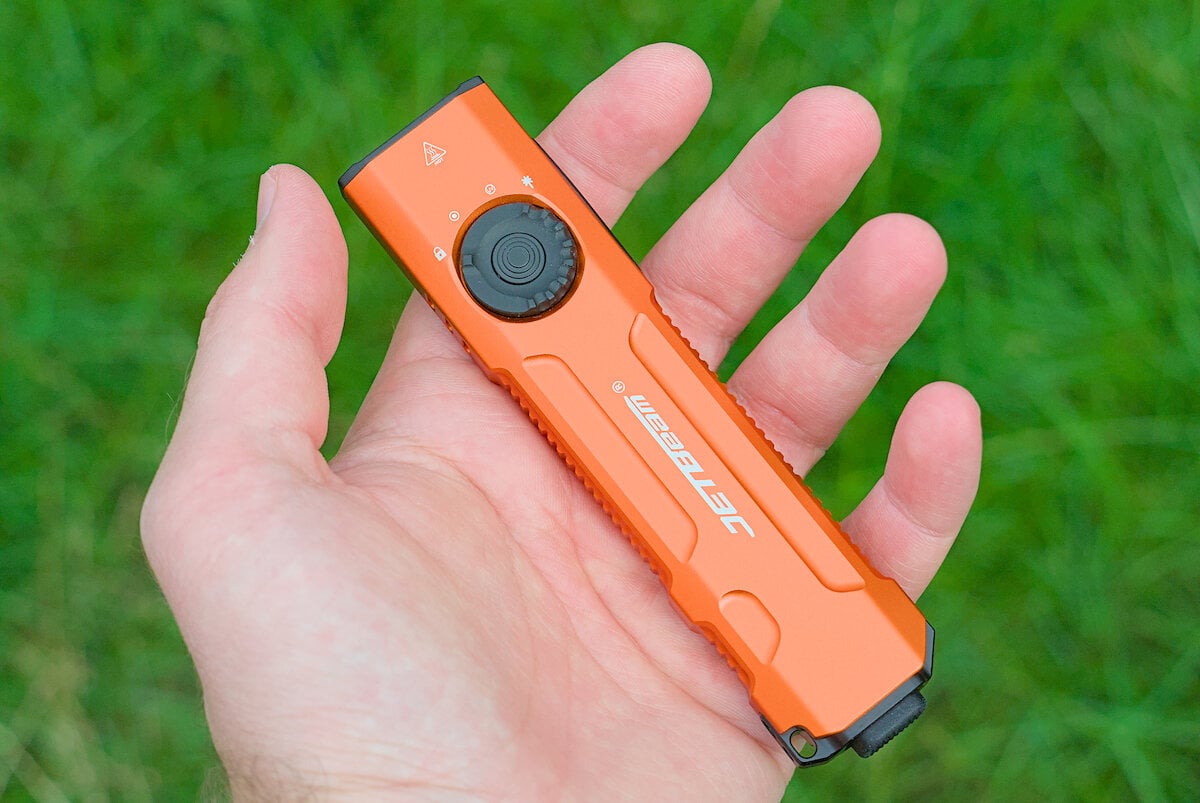
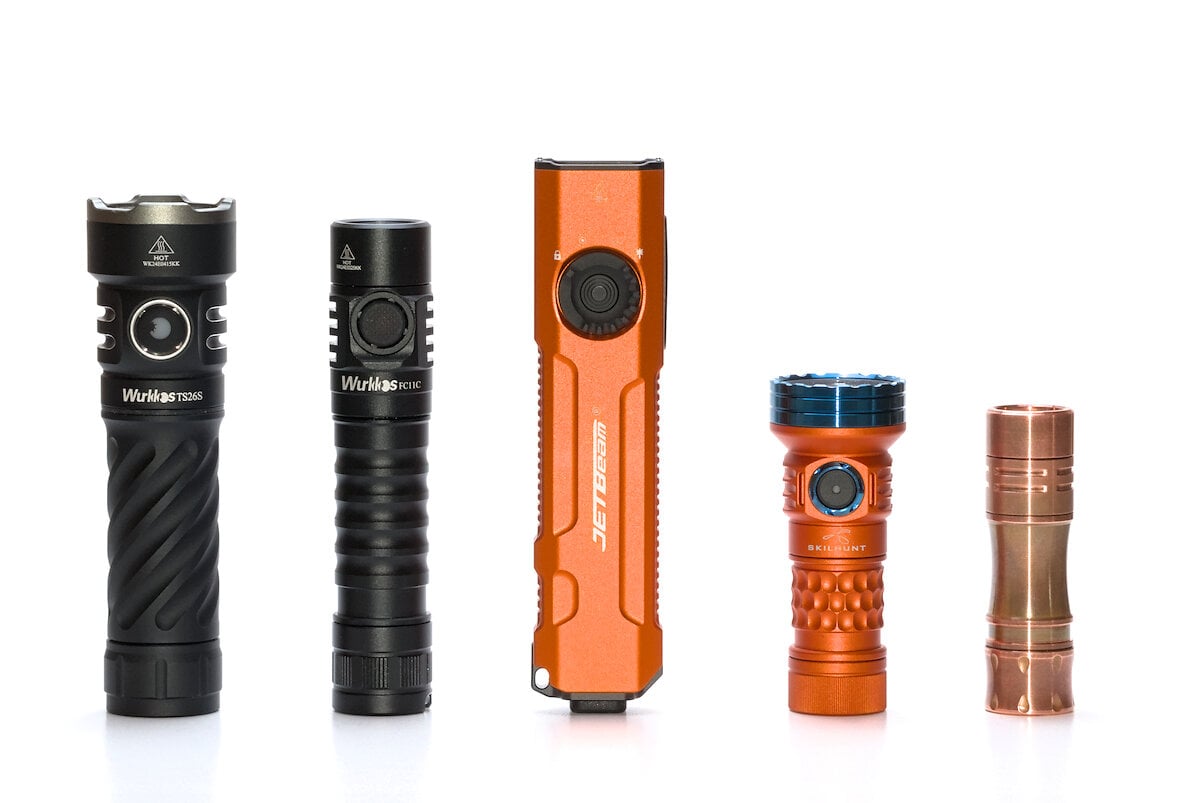




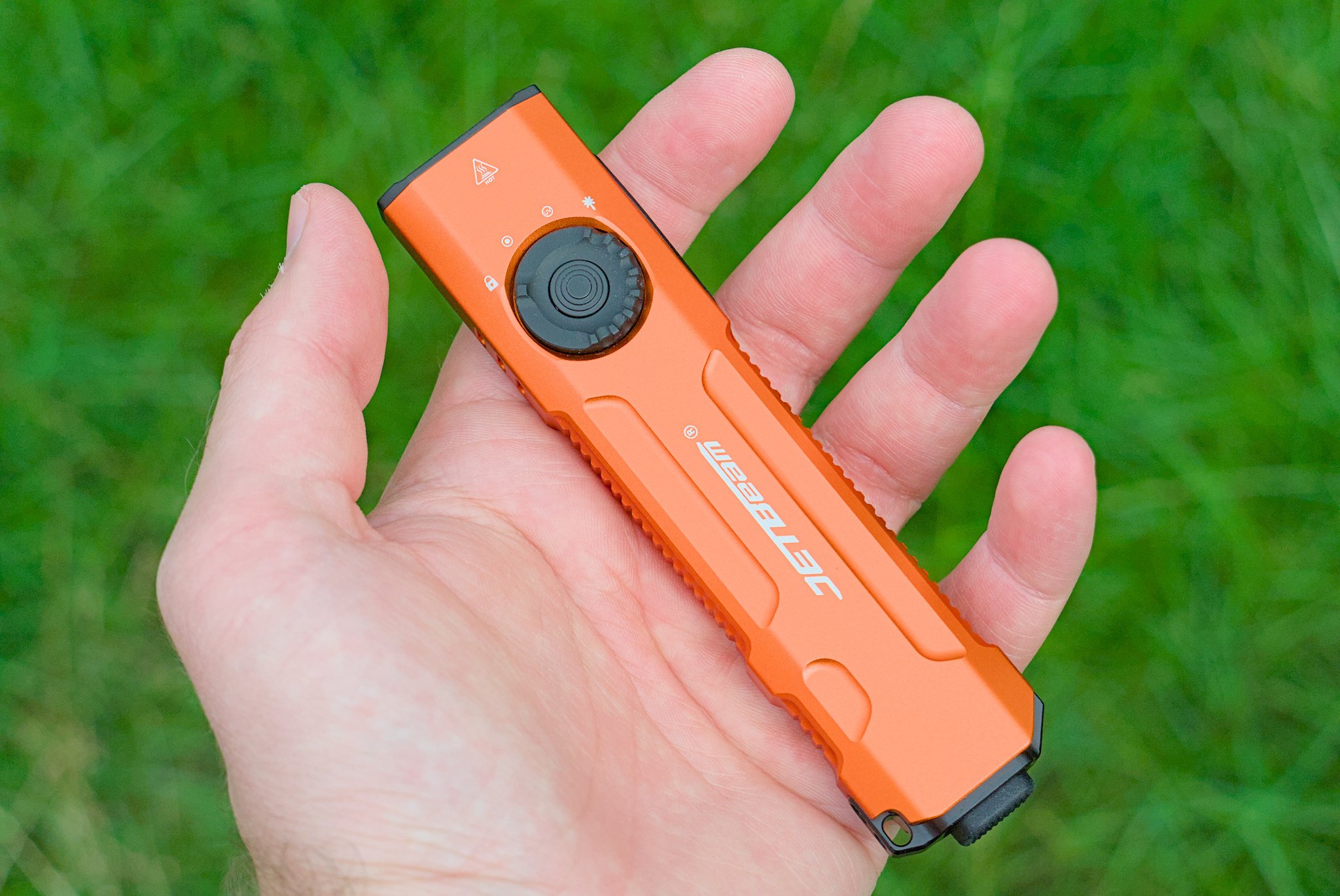
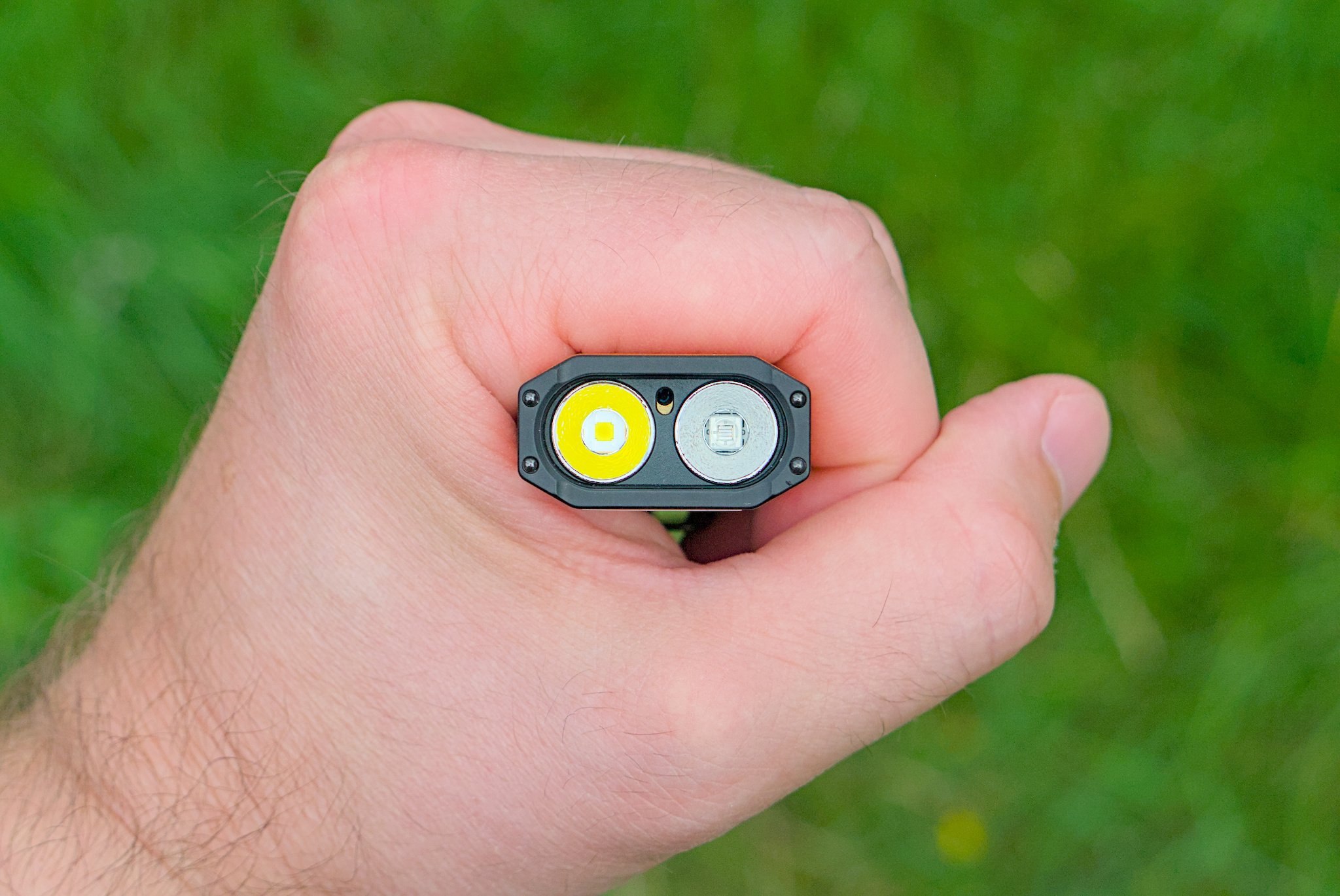
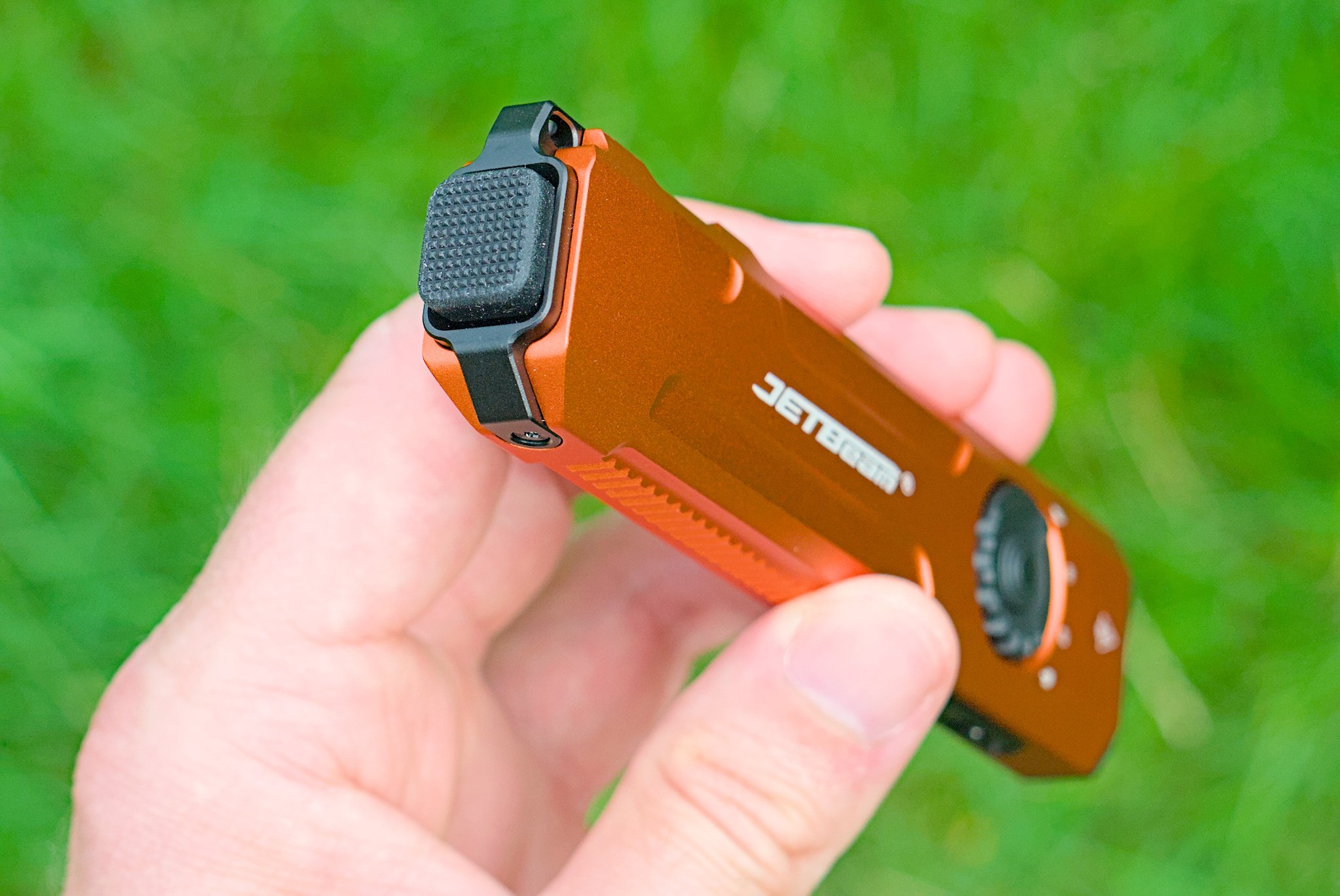
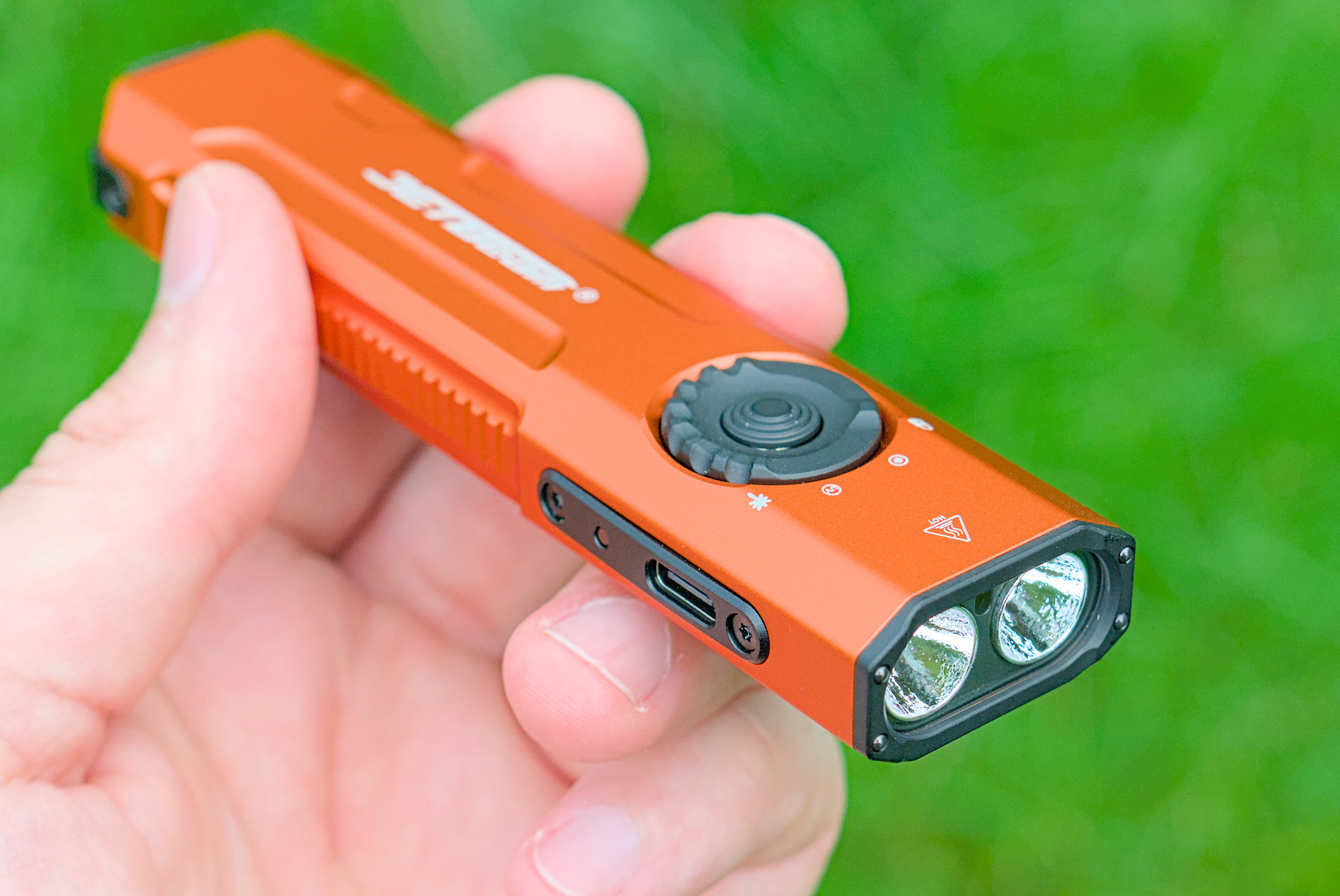
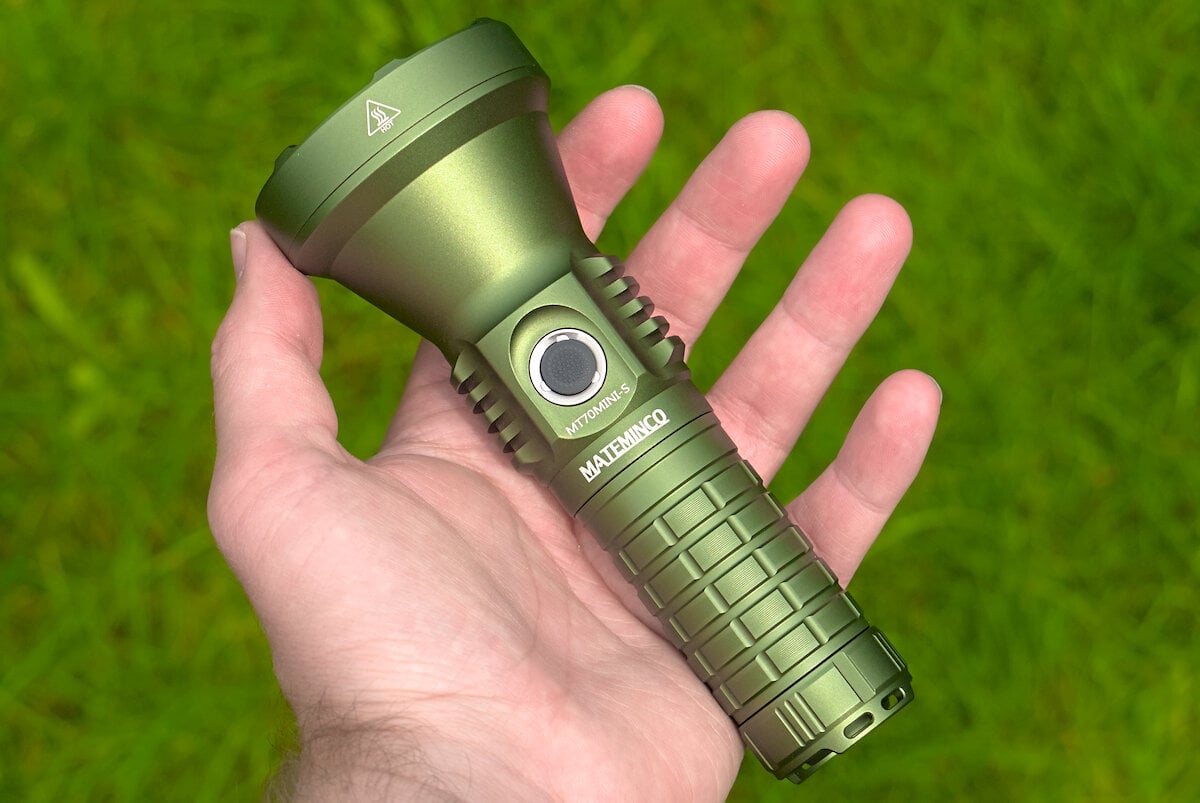
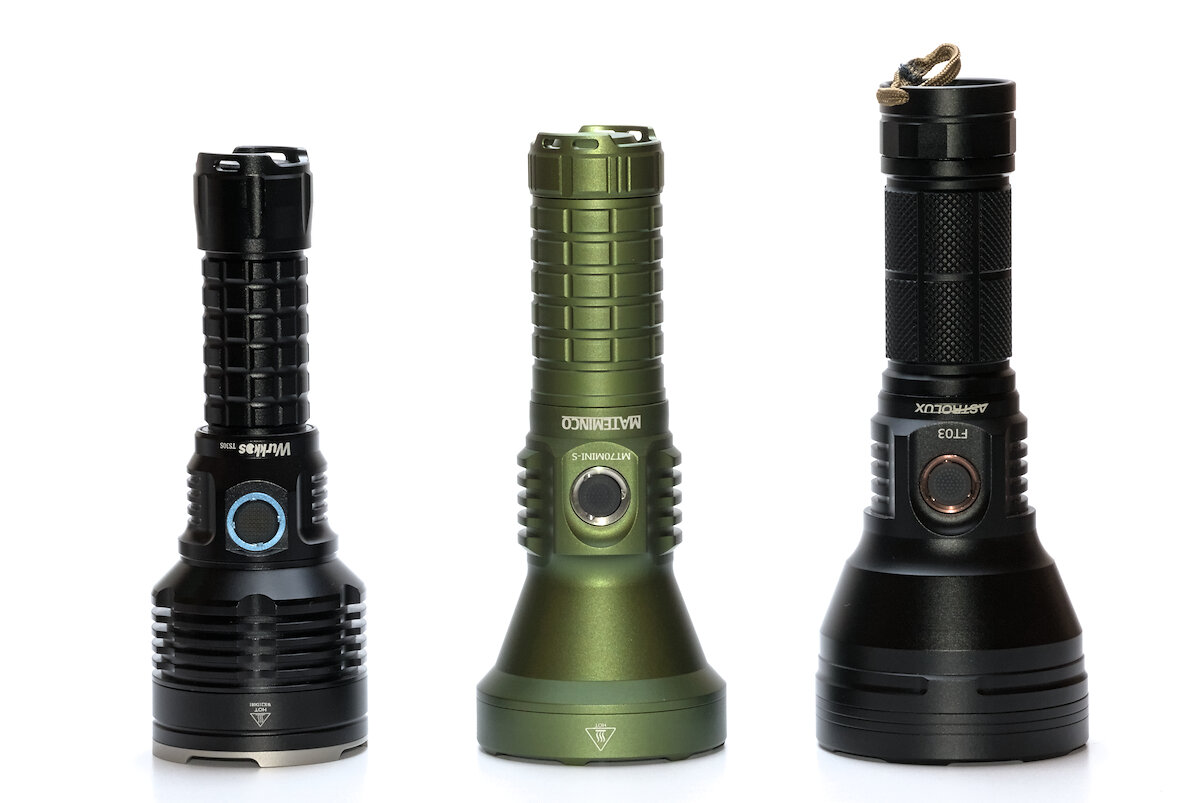
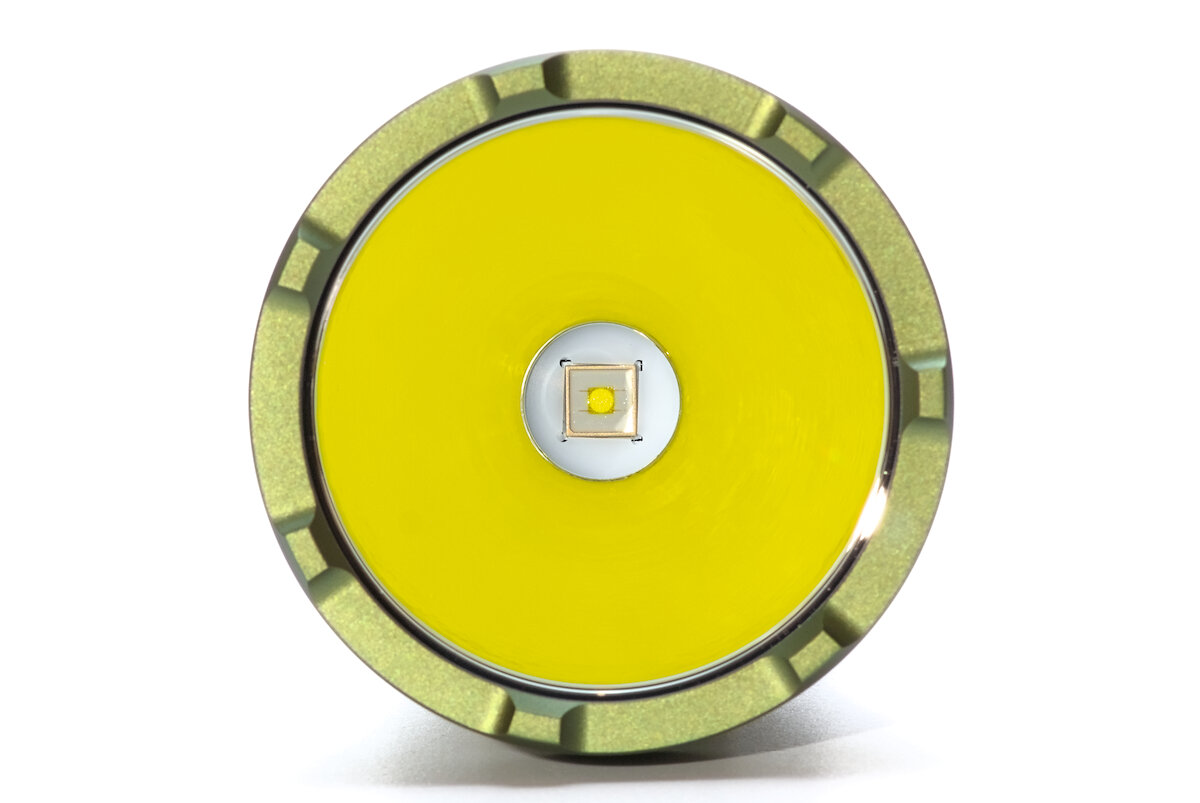
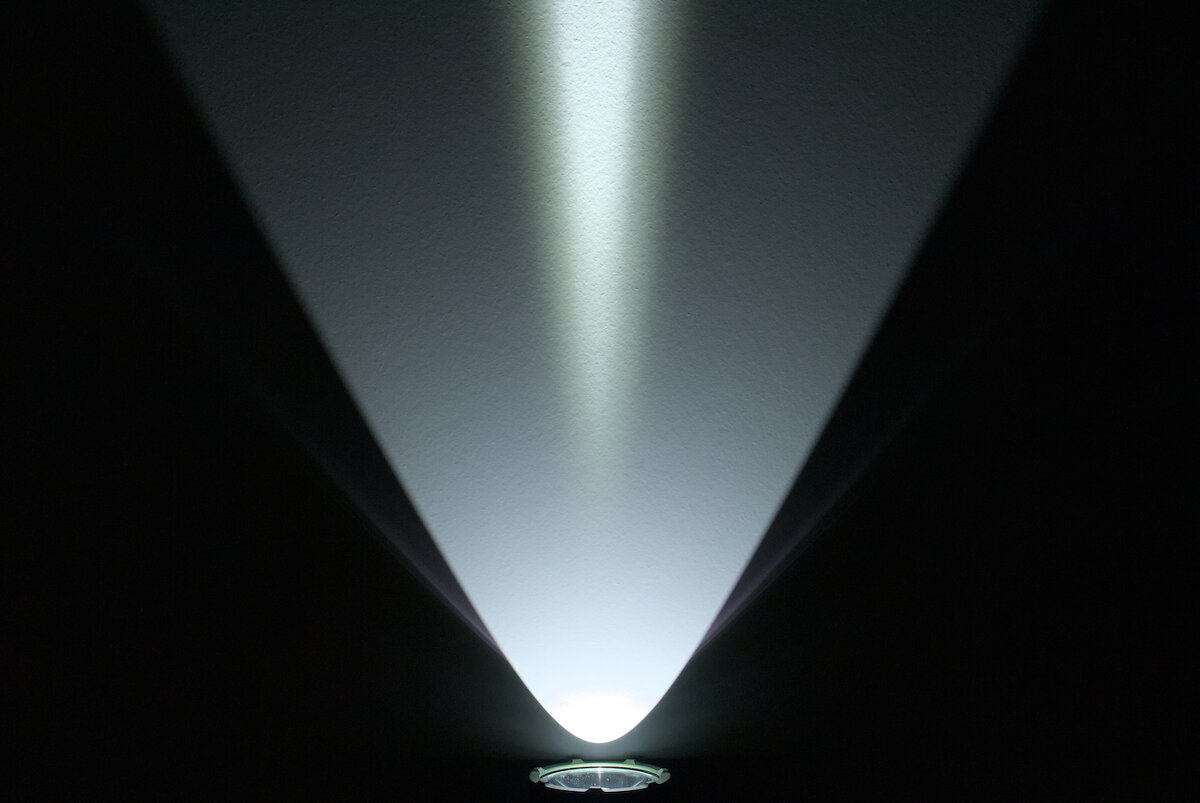



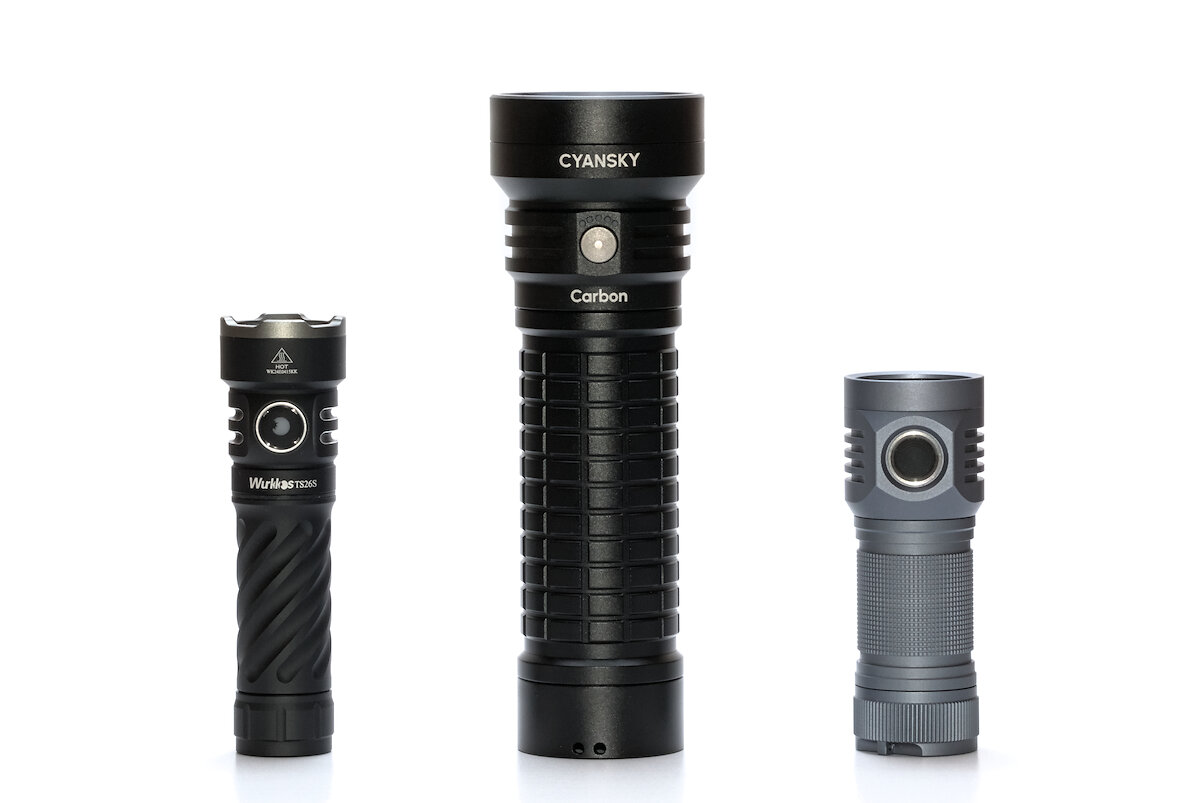
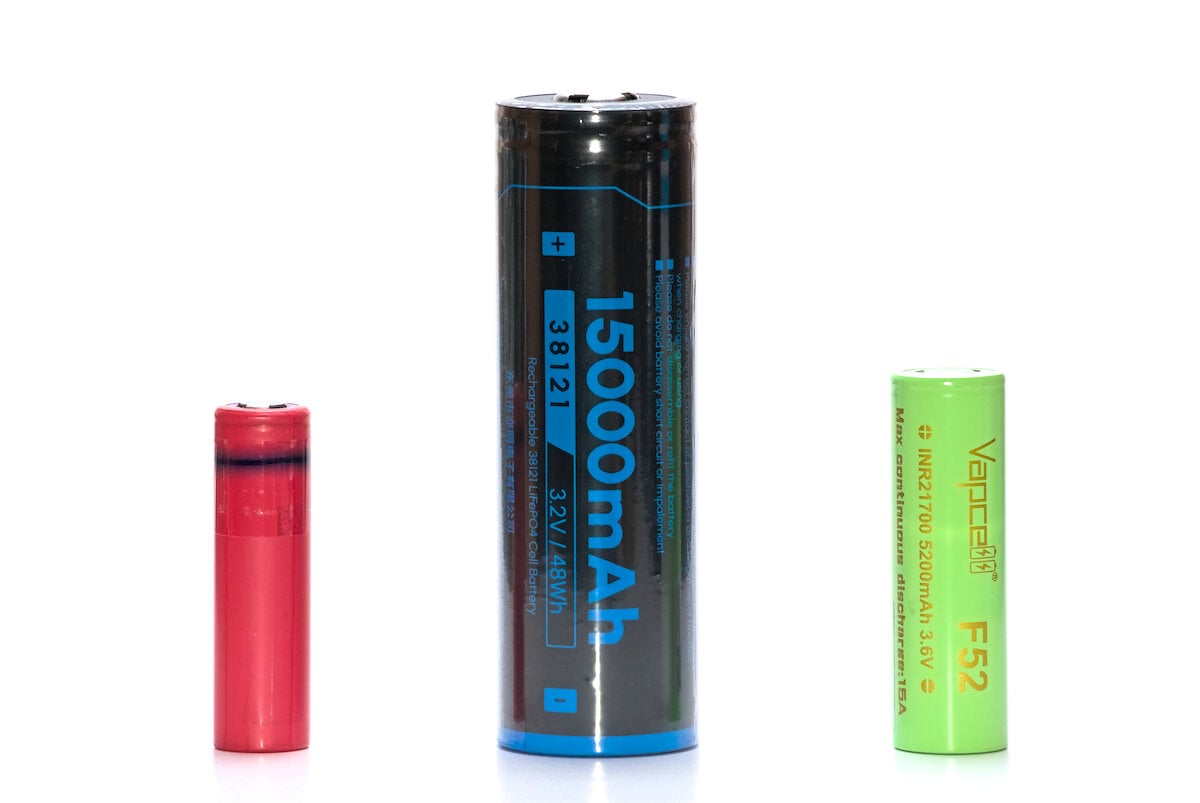
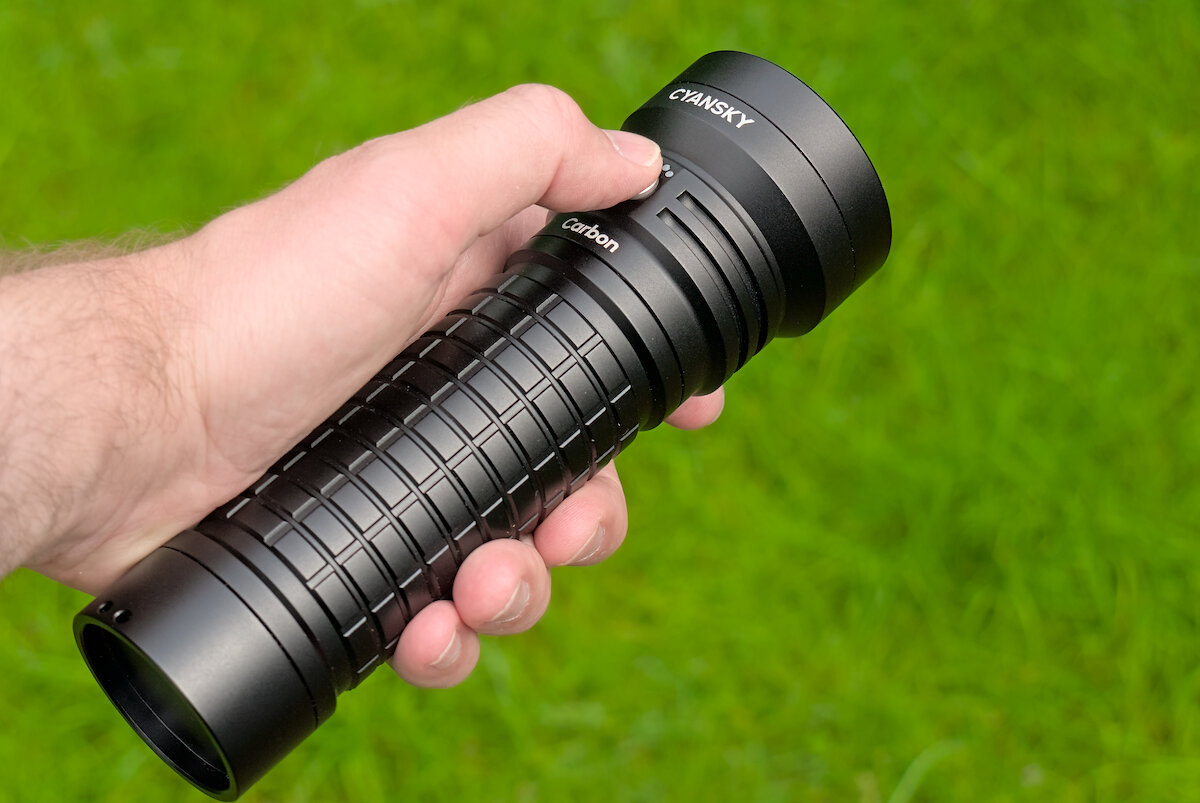
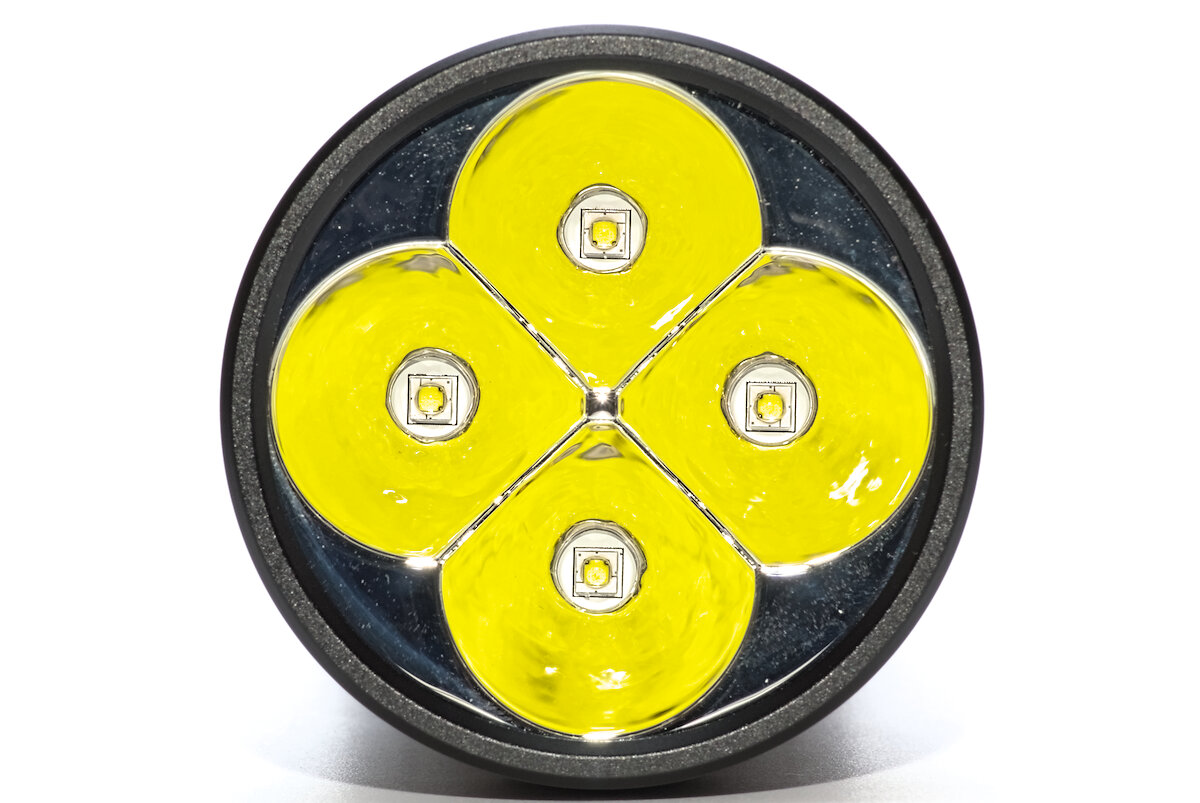



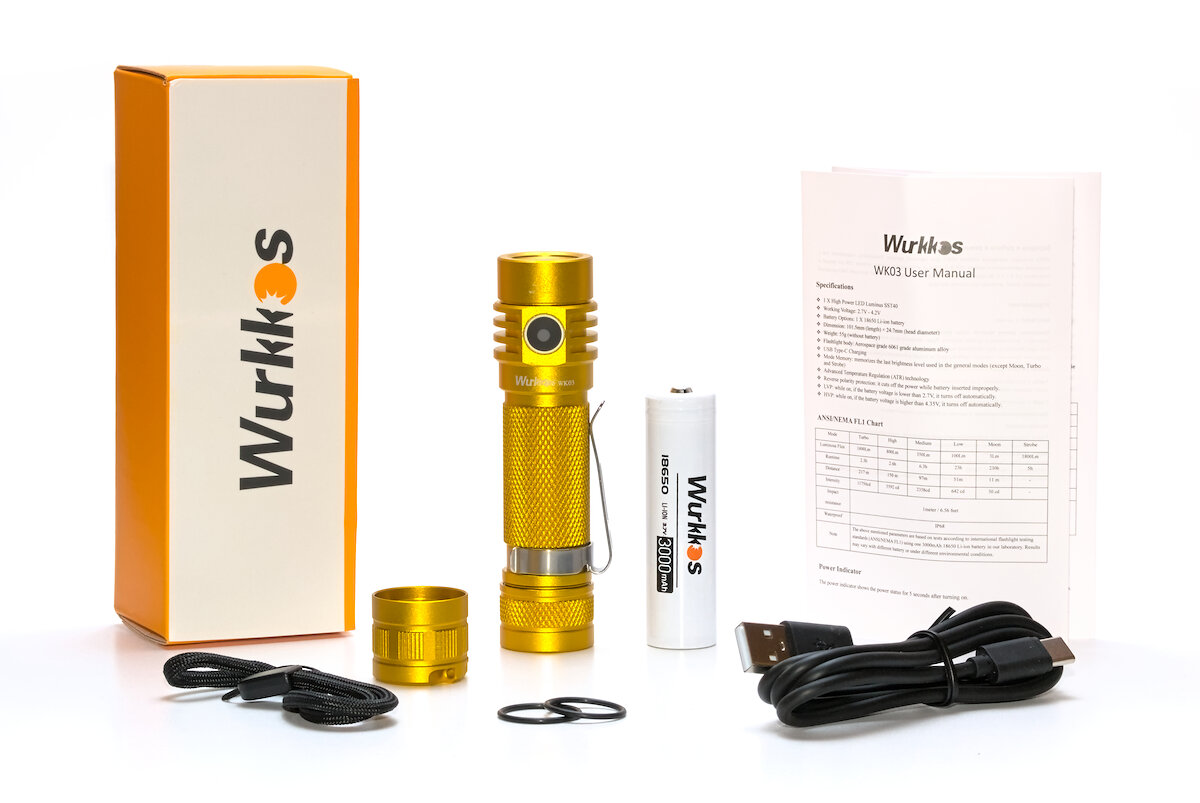
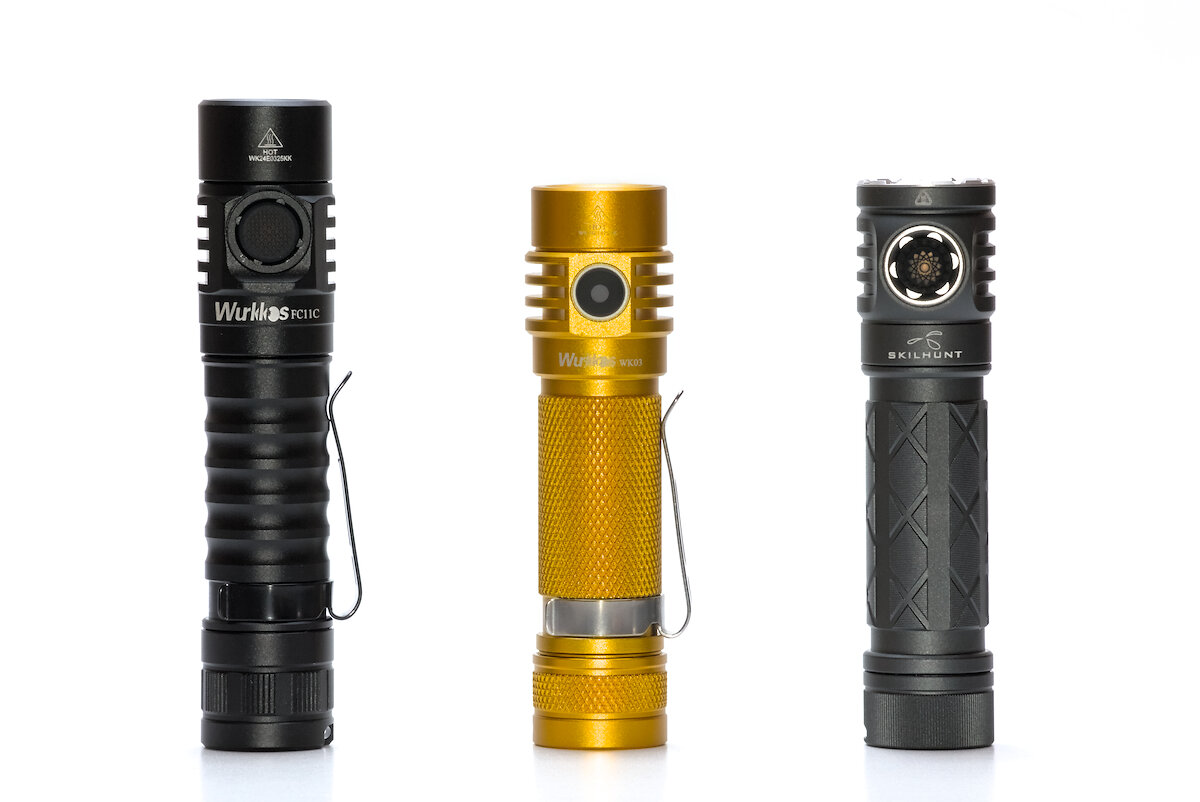


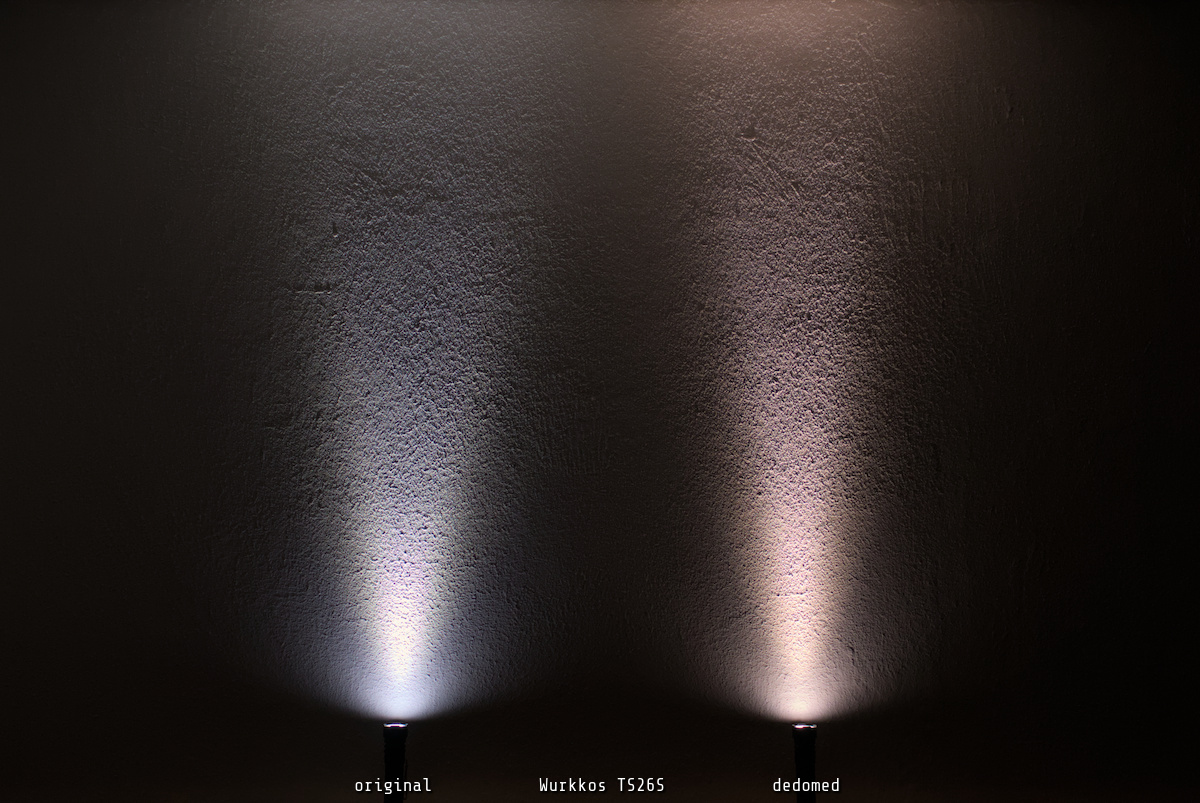







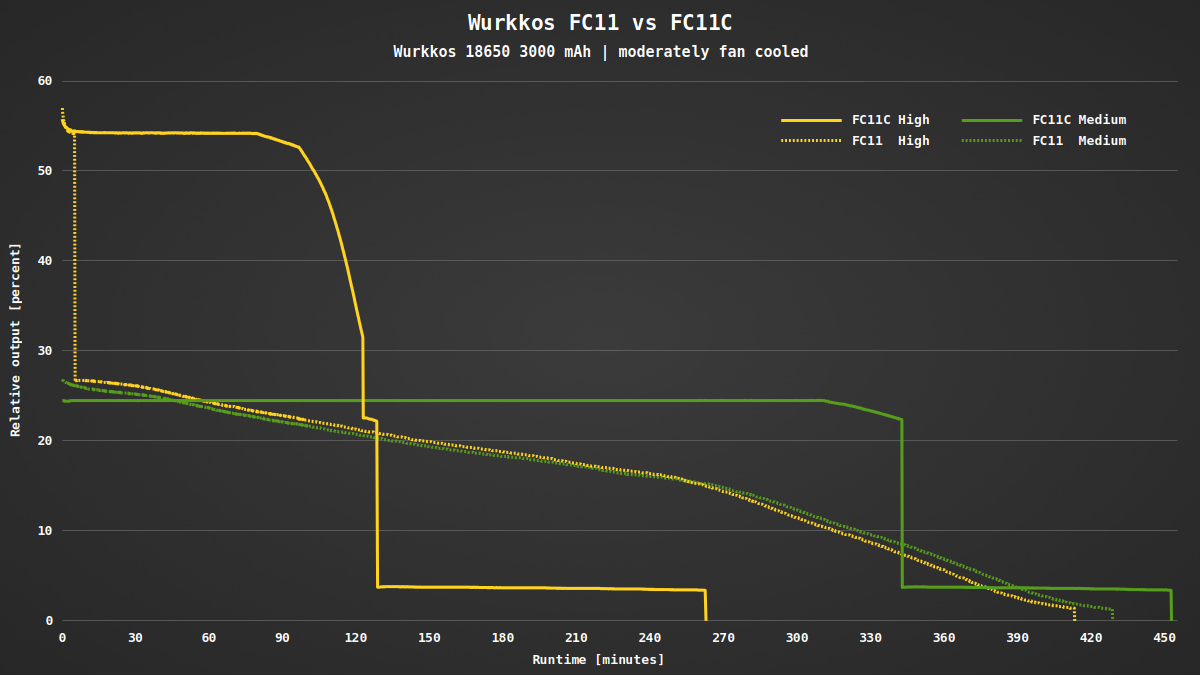
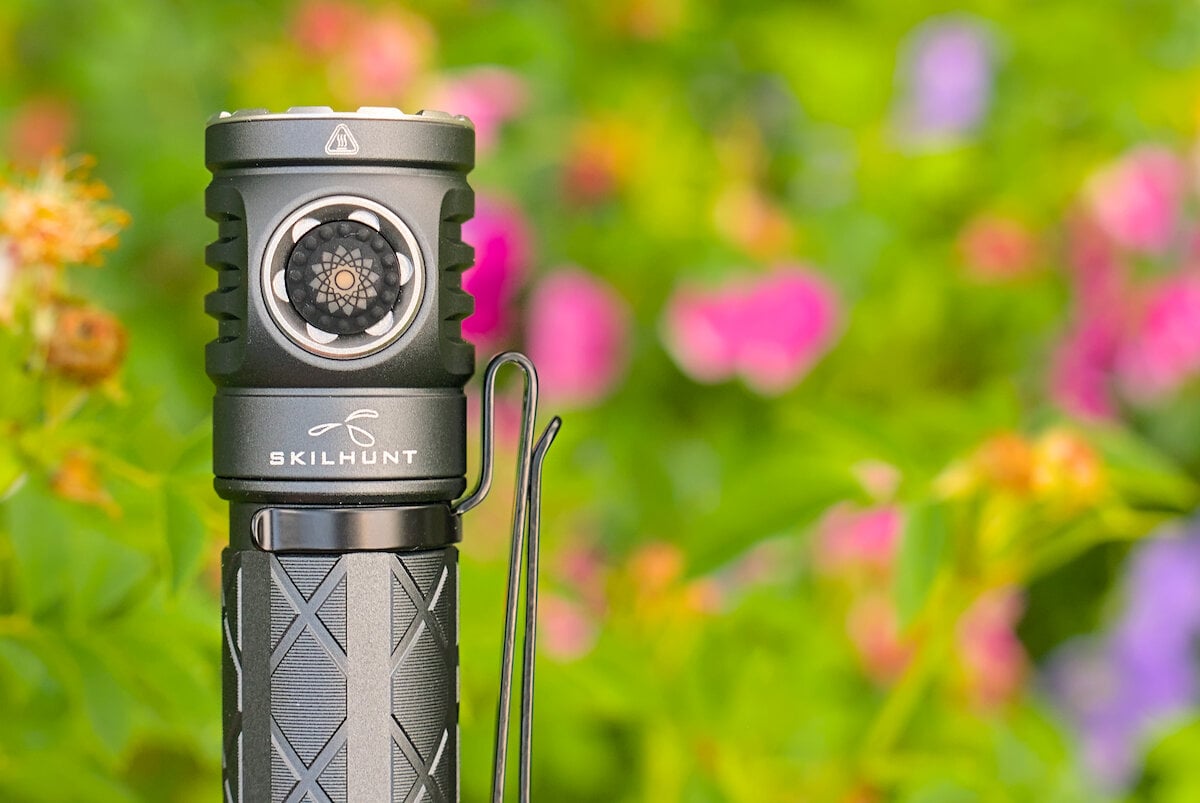
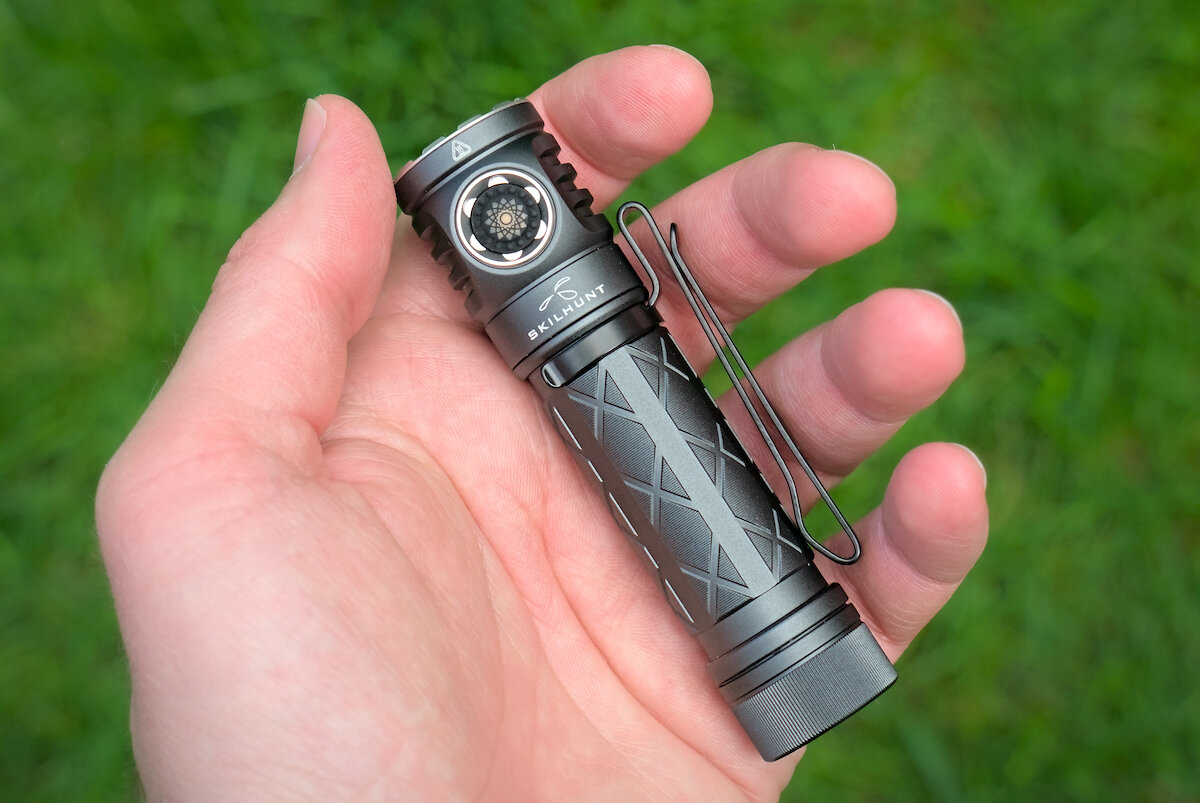




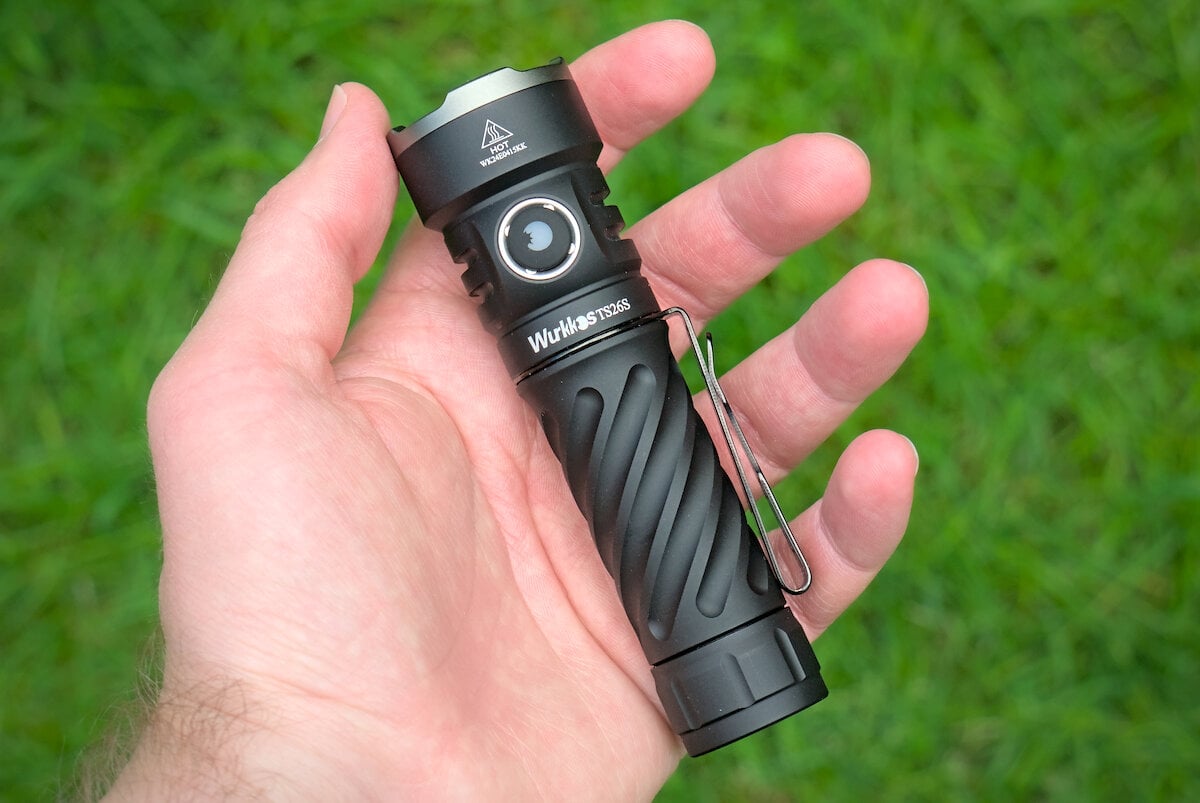



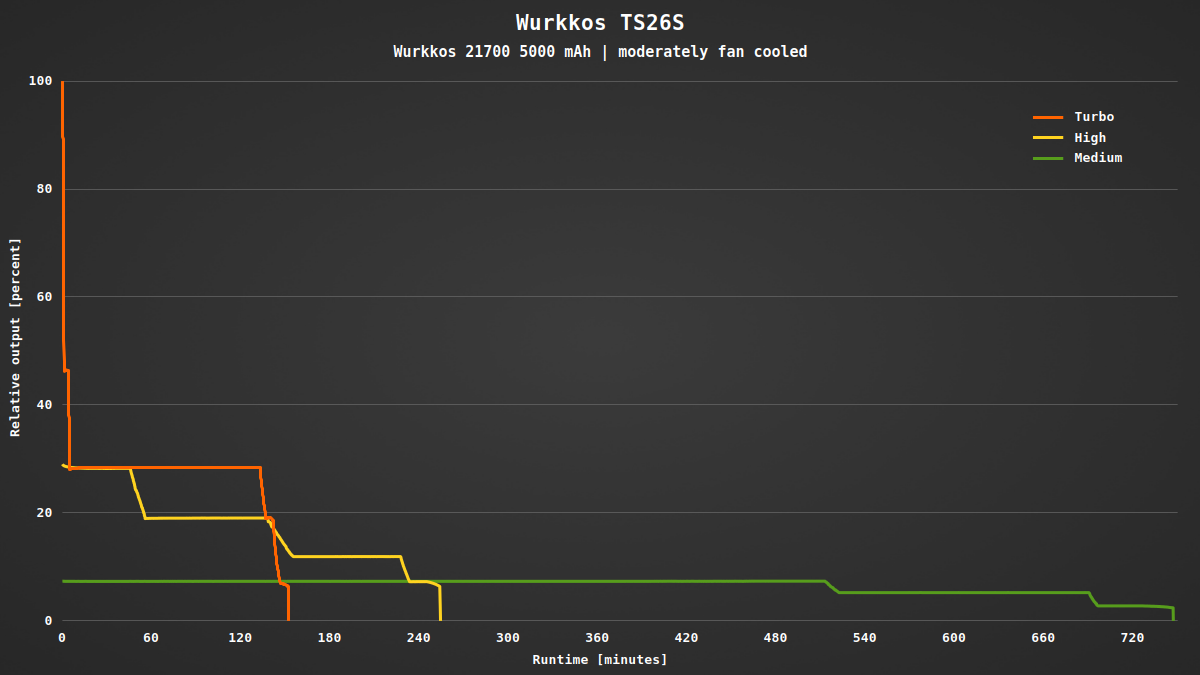
What's the "clone of the FC11" you're talking about? Do you have a link?